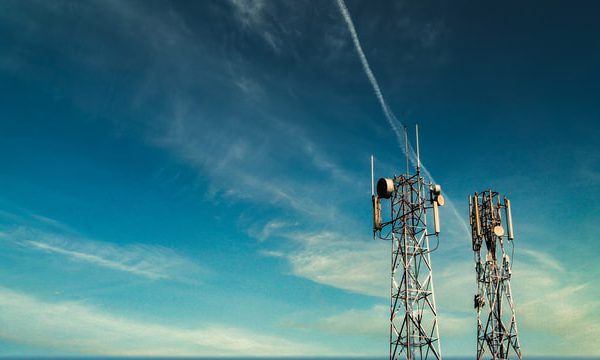Augmented Reality (AR) has been around for a while now. Just a quick recap-contextual images or multimedia information are superimposed atop the consumer’s real world view through computer-based programs. The technology makes use of sensory inputs, such as sound, graphics, user location data and videos. Augmented Reality has been constantly evolving and has found a firm footing in various fields including (but not limited to) learning, education, commerce, medicine, navigation, games, television and translation.
In particular, tourism has received a substantial boost. Issues pertaining to uncovering relevant and authentic information about the place in question are resolved easily. To illustrate, the visitor merely requires to access the AR-enabled application to obtain an interactive map of the place in question. Added frills include information in the tourist’s preferred language, which may be in the form of videos, audios, images, etc.
In a nutshell, the end-to-end service ecosystem which makes all of this possible includes:
- Curated content – Specifically designed, made and approved through relevant authorities thus ensuring authenticity.
- The AR-based application – The same may be integrated to the existing state or county tourism applications, so as to avoid downloading applications.
- Information Database – Different locations or images of the tourist spot and mapping the relevant information are possible.
- Infrastructure buildup – Setting up infrastructure to support Wi-Fi and end-to-end management of the management ecosystem to provide data connectivity to visitors. The solution can be deployed on the cloud as well, in order to make it scalable.
It also includes an optional integration to the different charging gateways and payment mechanisms in case services are made chargeable.
Thus the service ecosystem includes complete content procurement, programming and simplifying the discovery of relevant content to display on top the current view of place from the application on visitor device. On top, it also generates usage reports and big data analytics to develop machine learning to add and come up with recommendations based on the information getting collected.
The systems can also collect data about visitors, their interest areas at particular locations, time spent at particular places and can provide different analytical reports based on the visitors origin, nationality, gender etc. The information collected can also be used to streamline the number of visitors at particular locations in the monuments and handle them to avoid any in-convenience.
The future is here and it is about providing AR-based solution to provide a mesmerizing tourism experience.






